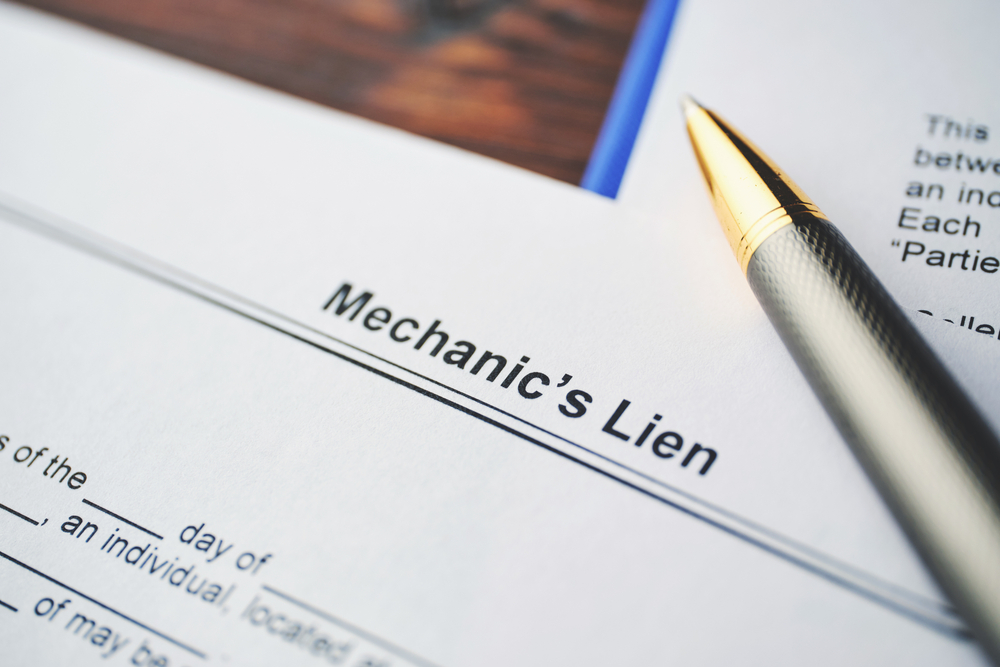

As a contractor, your hard work and the materials you supply are the foundation of your business. But what happens when a property owner doesn’t pay for your services? In Kentucky, the mechanics and materialman’s lien is one of the most powerful tools you have to secure payment for the labor and resources you’ve invested in a project. Understanding the process is critical to protecting your financial interests.
Filing a lien attaches a security interest to the property itself, making it difficult for the owner to sell or refinance without settling their debt to you. It’s a formal, legal way of saying, “I am owed money for the value I added to this property.” This guide will walk you through the essential steps and deadlines required to file a valid mechanics lien in Kentucky, ensuring you can confidently take action when faced with non-payment.
The first official step in the lien process is sending a formal Notice of Intent to Lien to the property owner. This document informs the owner that you have not been paid and intend to file a lien against their property if the debt is not settled. The deadline for sending this notice depends on the value of your contract.
If your claim is for more than $1,000, you must send the Notice of Intent to Lien to the property owner’s last known address within 120 days of the last day you furnished labor or materials to the project.
If your claim is for $1,000 or less, the timeline is shorter. You must send the notice within 75 days of the last day you furnished labor or materials.
It’s a good practice to send the notice as soon as you realize a payment issue has arisen. There is no penalty for sending the notice early. Sending it sooner rather than later often motivates the property owner to resolve the payment dispute quickly, potentially saving you from having to take further legal action.
Our mechanic’s liens attorneys can help ensure your Notice of Intent is properly prepared and delivered to protect your lien rights.
If sending the Notice of Intent does not result in payment, your next step is to file a Sworn Statement of Lien with the county court clerk in the county where the property is located. This is the formal document that officially creates the lien.
You must file this statement within six months of the last day you provided labor or materials to the project. Waiting longer than six months will invalidate your right to file a lien for that project.
The Sworn Statement of Lien must include specific information to be considered valid:
Once you have successfully filed the Sworn Statement of Lien with the county court clerk, your work isn’t finished. The law requires you to notify the property owner that the lien has been filed.
You must send a copy of the filed lien statement to the property owner at their last known address within seven days of filing it. Failure to send this copy in a timely manner could jeopardize the validity of your lien. It’s best to send this notice via certified mail to have a record that it was sent and received.
A mechanics lien does not last forever. It is a temporary hold on the property that gives you a window of opportunity to collect what you are owed. To enforce your lien, you must file a lawsuit.
In Kentucky, you have 12 months from the date you filed the Sworn Statement of Lien to initiate a lawsuit to enforce it. If you do not file a lawsuit within this one-year period, the lien automatically expires and becomes unenforceable. The property will be released from the claim, and you will lose your lien rights regarding that debt.
Filing a lawsuit can be costly, and a common question is whether you can recover your attorney’s fees. In Kentucky, the answer is generally yes. If you are successful in your lawsuit to enforce a mechanics lien, the court will typically award you the amount of the lien plus your reasonable attorney’s fees and court costs. This provision allows contractors to pursue their rightful payment without the fear of losing money to legal expenses.
If you need to pursue unpaid invoices through other means, our construction debt collection services can help you explore all available recovery options.
The deadlines and requirements for filing a mechanics lien in Kentucky are strict. A single misstep can invalidate your claim and leave you with no recourse for non-payment. Protecting your business means understanding your rights and acting decisively.
If you are a contractor dealing with a payment dispute, you don’t have to handle it on your own. For expert guidance and assistance with filing a mechanics lien, contact The Cromeens Law Firm. Our experienced team can help you secure the payment you’ve earned.
Karalynn Cromeens is the Owner and Managing Partner of The Cromeens Law Firm, PLLC, with over 17 years of experience in construction, real estate, and business law. A published author and passionate advocate for contractors, she has dedicated her career to protecting the businesses her clients have built. Karalynn is on a mission to educate subcontractors on their legal rights, which inspired her books Quit Getting Screwed and Quit Getting Stiffed, as well as her podcast and The Subcontractor Institute.

